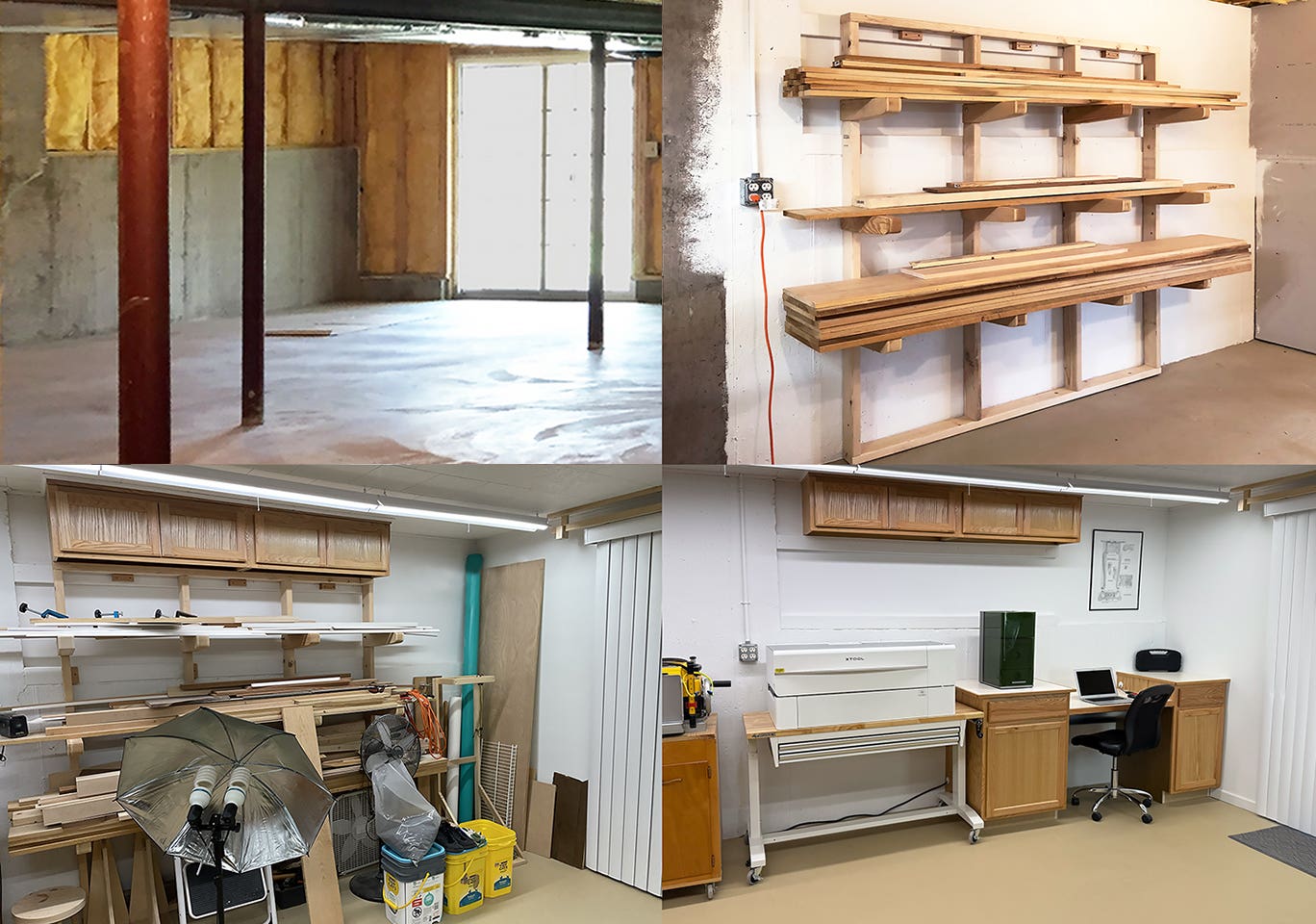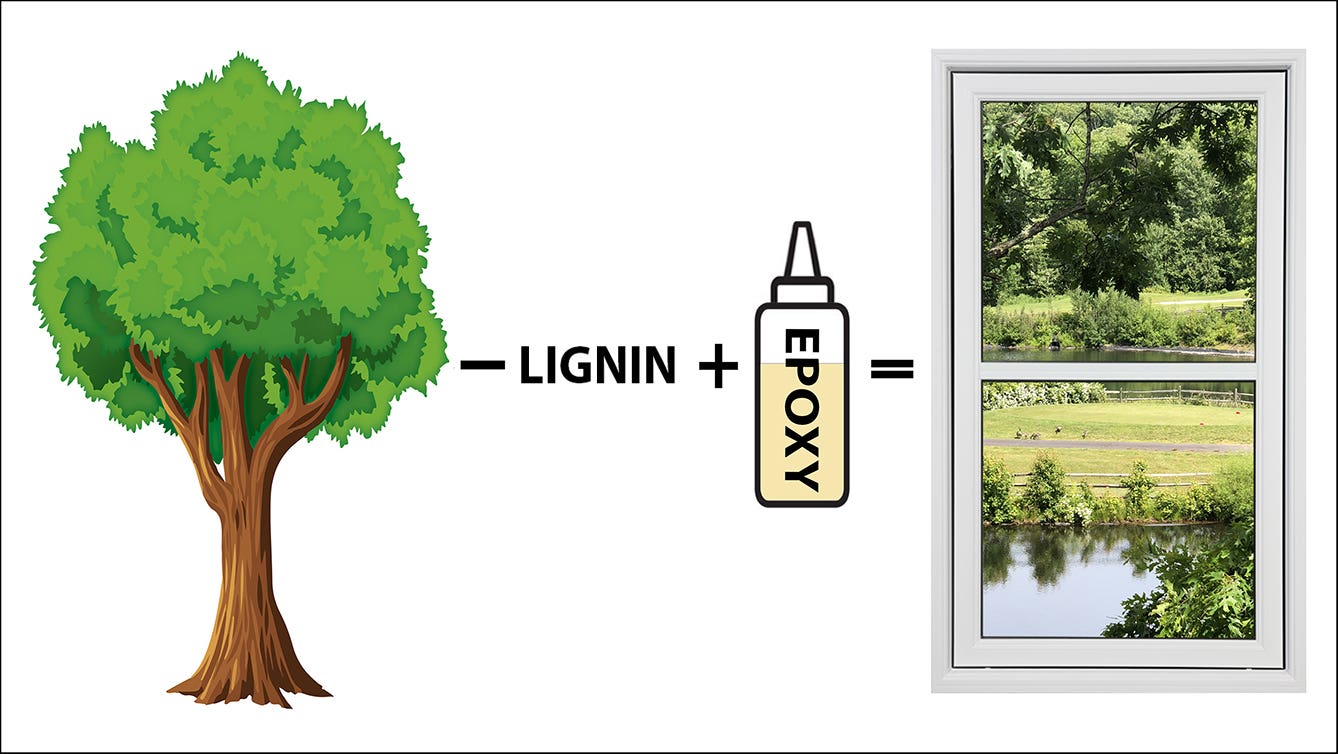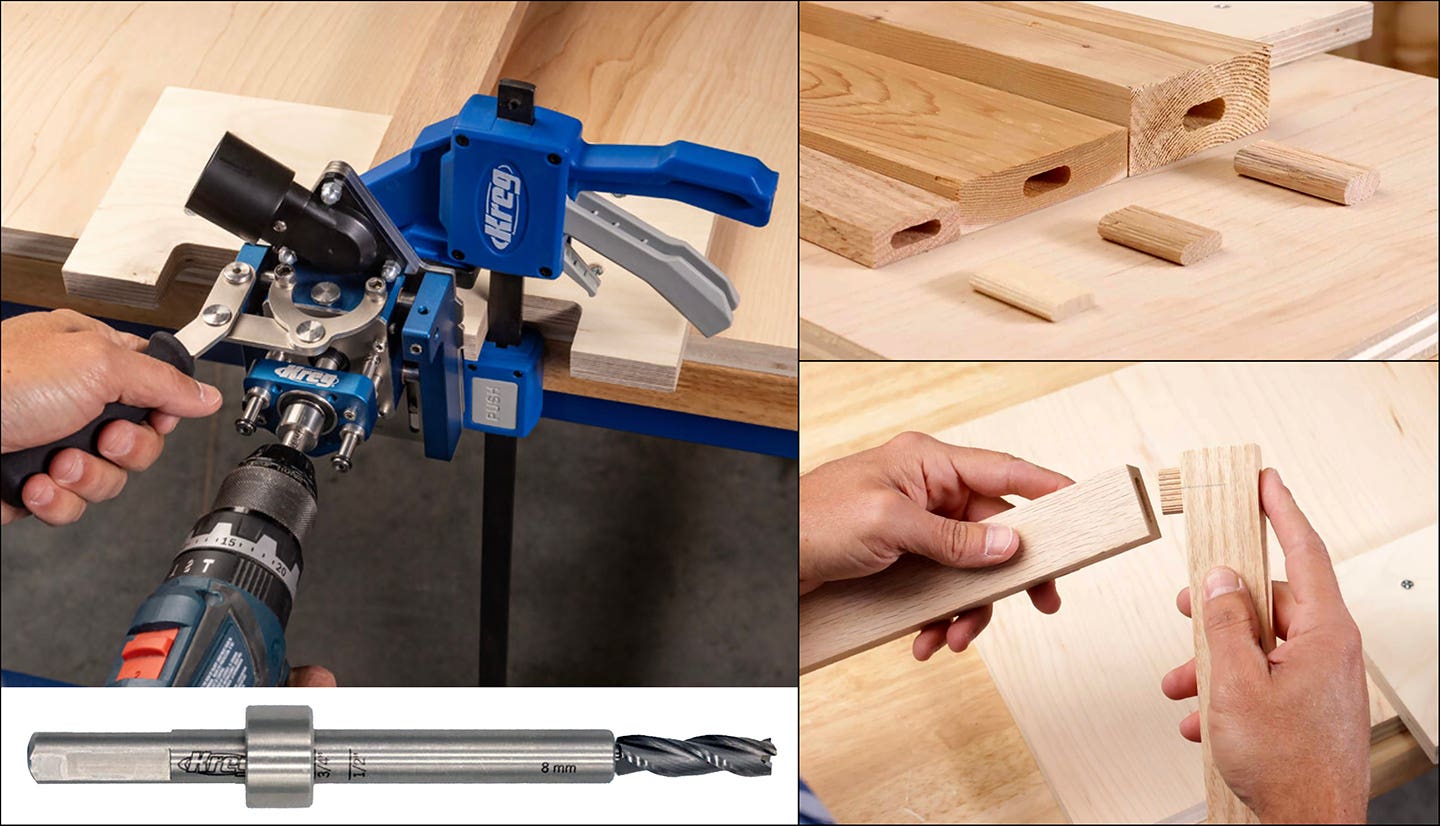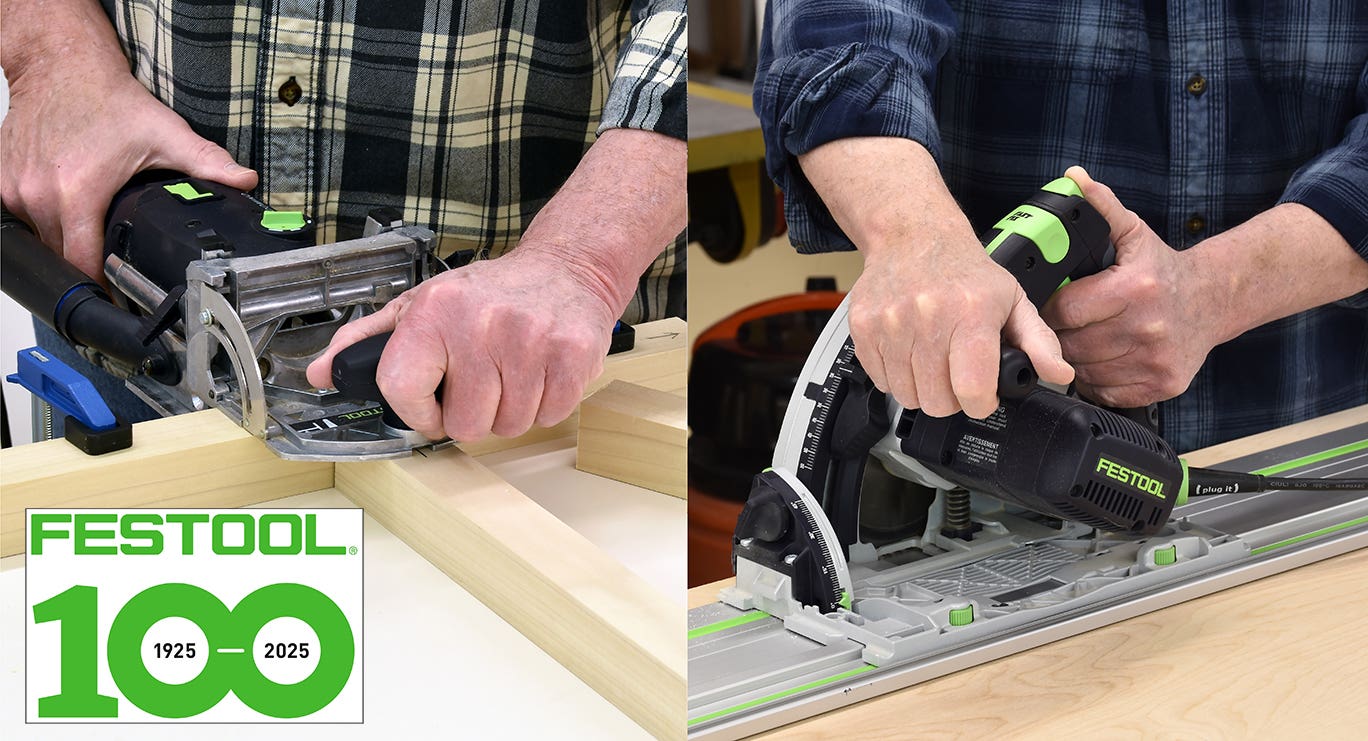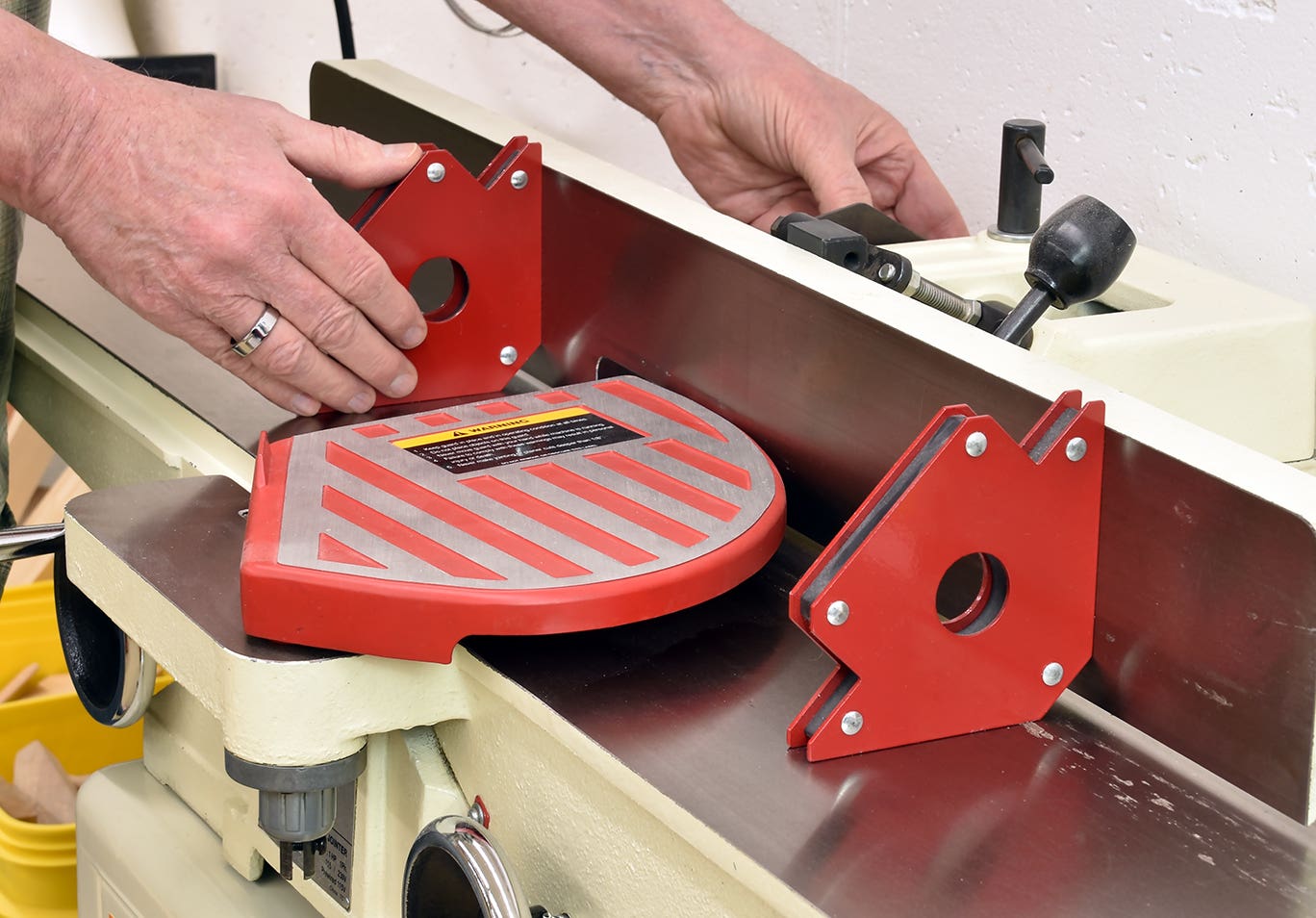Scrap process
I’ve said here at least a dozen times over the years that there’s no such thing as scrap. There is, however, wood that’s just not very useful.
I’ve said here at least a dozen times over the years that there’s no such thing as scrap. There is, however, wood that’s just not very useful.
When the time comes to whittle down the mass of cutoffs I’ve accumulated, it usually coincides with a decision to replace my band saw’s blade. I don’t want to cut up a ton of junk with a new blade, so when the time comes to replace an old one, I take advantage of getting rid of it anyway to cut up all the discarded wood I have prior to disposal. Being an old blade, it doesn’t matter what punishment I put it through.
Of course, anything large enough to use for any other project I keep with the rest of my not-really-scrap near my lumber rack. Then, I reduce the size of what’s left to make it either easy to throw away, or easy to store in plastic cat litter buckets. I’ll stash filled buckets in the garage to use for summer campfires.
How the process goes, depends on two factors: How long I used that band saw blade without replacing it, and the number of projects with weird leftover pieces.
If I don’t use my band saw a lot – and, hence, the blade doesn’t dull as quickly – I’ll build up quite a pile of offcuts needing to be broken down. On the other hand, if I do a lot of band saw work, or beat the blade to death with a lot extremely hard wood (or hit a nail of something when cutting), I’ll do the process sooner and fill fewer buckets.
The process is a careful one. Any hardwood useable as turning stock, I square it up and set it aside. Anything that could be components for the tiny boxes I like to make gets stored in its own bucket. I also keep small, solid, softwood blocks that have a hundred uses – clamping cauls, temporary supports, spacers, putting them under stock being drilled, mixing pads for epoxy, etc. So, I’ll separate a bunch of those into their own bucket, too.
When I’m done, I retire the old blade and install the new one. The savable stuff gets stored, the campfire stuff is banished to the garage, and I have a shop that is much, much cleaner than before. Of course, having a shiny, sharp new blade on my band saw guarantees that the whole process starts fresh.
A.J. Hamler is the former editor of Woodshop News and Woodcraft Magazine. He's currently a freelance woodworking writer/editor, which is another way of stating self-employed. When he's not writing or in the shop, he enjoys science fiction, gourmet cooking and Civil War reenacting, but not at the same time.


